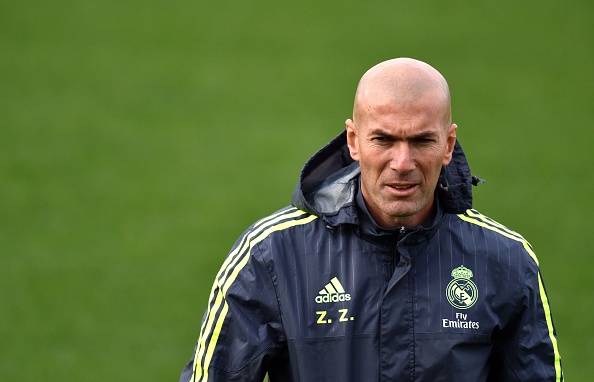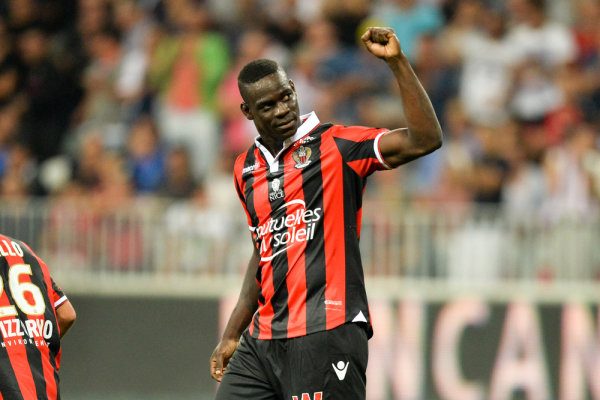The Mind of Conte: Short-ball game key to Chelsea’s FA Cup win
A comfortable victory by Chelsea F.C. in the fifth FA Cup round upgraded their chance to play another Cup final in a row.
The game created some amazing records too with Giroud’s debut goal and Emerson’s – played as left wing-back – debut assist in his first ever appearance. Giroud did a decent job to keep pressuring defenders.
Nonetheless, there were some other elements too which led the Blues to qualify for the Quarterfinals.
Chelsea’s employment of short second balls in open play
Chelsea made use of short second balls within the open play especially throughout the first half.
Most of their post-second balls attacking run threatened Marshall and the backline, three of them converted successfully into goals. Since Blues were forming pressing structure in the corresponding areas to outnumber the opponents, they were able to initiate attacks out of the short second balls conceded by the visitors.
Chelsea were consistently penetrating into the final third forcing Hull City to sit back, thus the later got outnumbered in outfield as soon as they cleared Chelsea’s passes back.
While most of the cleared passes were short, they were won back by the Blues in the attacking third or attacking mid allowing them to re-initiate their attack after winning the second balls.
Consequently, as the game shifted back and the defenders dragged outside the box, Chelsea would find open space towards the box.
Giroud made really good contributions in initiating attack from these second balls, especially in the final third, by winning tackles.
Yet in the second half, with the tight marking by Hull City players in their half, Chelsea couldn’t form such effective passing structure in the final third which caused them to lose possession while delivering the ultimately-successful assists.
Tigers’ defensive structure
The Tigers were defensively weak in the first period of the game which opened up spaces for Chelsea having them score all four goals in a single half. There was no tight marking and tracking back.
Emerson could have bumped up frequently from the left flank. Although this was due to the good work rate of the wingback, the flaws in the visitors’ defence can’t be denied.
In fact Cahill’s attacking move trailing the final goal of the game could have been blocked, had Evandro tracked the center back while the later was finding space to pass to Emerson in the box.
Later in the second half though, the away team tightened up marking in their half especially on the wings. They held possession more than they did in the first half to push Chelsea’s build-up to the back. They also were more tightly marking Chelsea’s front line as soon as they sensed the latter penetrating in the dangerous areas.
The away team relied on long clearances of Chelsea’s passes into the box or preferred passing back to their goalkeeper to deliver a long pass, in order to avoid Chelsea’s winning back of second balls in the Tigers’ half.
As Chelsea ended up winning the long second balls in their own half in the second period, the Tigers got better chances to organise their defence.
The visitors’ defensive hold in the second half also allowed them to threaten Chelsea and pressure Caballero through their counter-attackss, unlike in the first half. Because of this, they were also able to better connect their defence and attacking midfields, unlike the first half.
Chelsea capitalised on the gaps generated by the opponent’s formation
Not only Chelsea’s opponents conceded gaps horizontally across the pitch, their four-layered 4-1-4-1 formation gave spaces to Chelsea vertically down the field too.
The away team were faced with isolation in between their defence and attacking lines. This caused Fabregas and Drinkwater to hold the game well in the attacking midfield and allowed the backline to initiate build-up from the half line.
The vertical gaps in the formation caused the visitors to be outnumbered many times by Conte men thus losing possession to them even before reaching Chelsea’s box.
The second goal came as a result from the Tigers’ vertically disintegrated formation which allowed Rudiger and Chelsea’s central midfielders to circulate the ball to escape the defenders’ crowd until Fabregas would send a long pass to Pedro to finish the counter.
That’s the drawback of this formation comparing to three-layered formations, as the former requires more vertical coordination.
Hull City overcame their vertical isolation by using extreme width mainly the right wing to penetrate the final third when building up. But they eventually ended up losing possession to Chelsea when they had to pass to the deeper zones where Chelsea clearly had the better control.
In the second half, the opponents tightened the defence in their half, and Conte brought some substitutes including Scott for Fabregas and Morata for Giroud.
Due to this, Chelsea became less likely to continue the same passing structure in the final third. Anyway, they had played their game already.
Conclusion
To some extent, Chelsea are now more likely to make their way towards the goal when retaining in the attacking third.
Thanks to the introduction of Giroud and return of Fabregas. Though the potential real-number nine needs to more work more on finishing as he missed some really key assists last night.
Yet, Giroud is still doing better than Morata in threatening the opponent’s backline given that Chelsea’s current advanced players mostly tend to create chances on the ground – this approach is more suitable to Giroud than it is to Morata.
Written by Farkhanda Jabeen
Like O-Posts on Facebook
You can also follow O-Posts on Twitter @OPosts






0 comments